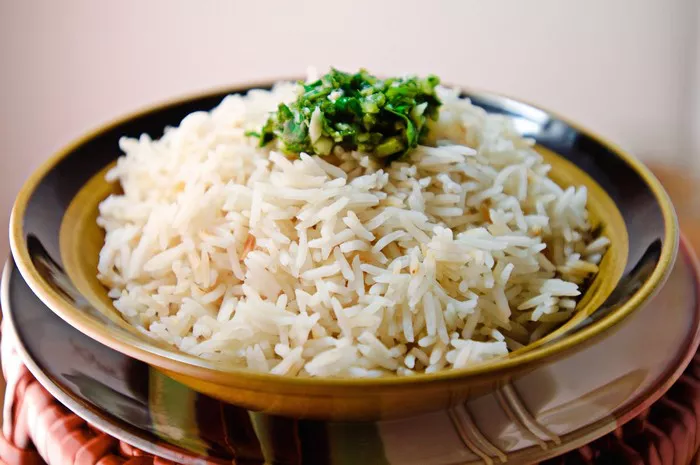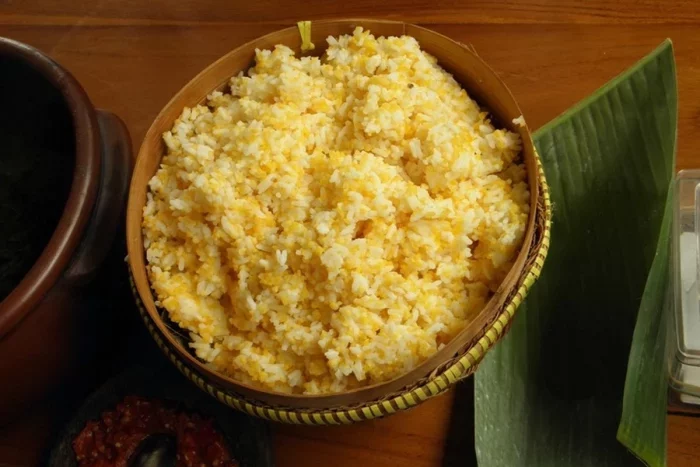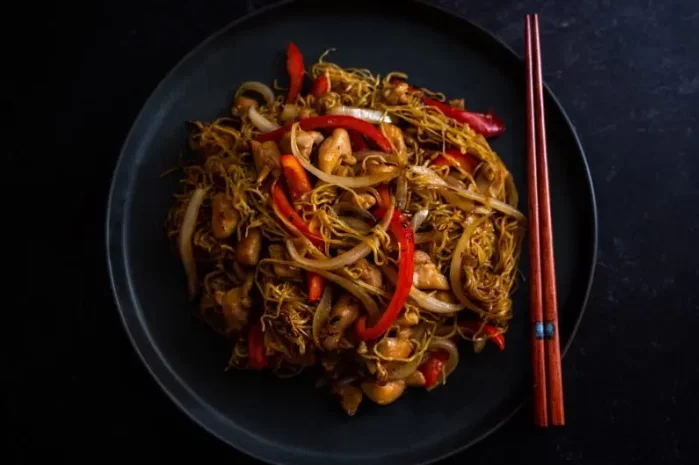Cooked rice is a staple food in many households, but sometimes we end up cooking more than we need. Freezing cooked rice is a great way to save time and reduce food waste. However, if not done properly, frozen rice can become dry and tasteless. In this article, we will explore the best way to freeze cooked rice to ensure that it stays fresh and flavorful.
Table of Contents:
- Why Freeze Cooked Rice?
- What Type of Rice is Best for Freezing?
- How to Cool Cooked Rice Before Freezing
- How to Portion Cooked Rice for Freezing
- How to Label and Date Frozen Cooked Rice
- How to Freeze Cooked Rice
- How to Thaw Frozen Cooked Rice
- How to Reheat Thawed Cooked Rice
- Tips for Freezing Cooked Rice
Why Freeze Cooked Rice?
Freezing cooked rice is a great way to save time and reduce food waste. By freezing cooked rice, you can have a convenient and quick meal option on hand for busy weeknights or when you don’t feel like cooking from scratch. Additionally, freezing cooked rice can help you save money by reducing food waste and allowing you to buy rice in bulk.
What Type of Rice is Best for Freezing?
Not all types of rice freeze well. Long-grain rice, such as jasmine or basmati, is the best type of rice for freezing. Short-grain rice, such as sushi rice or arborio rice, tends to become mushy when frozen and thawed. Additionally, brown rice can become dry and grainy when frozen. Therefore, it is best to stick with long-grain white rice for freezing.
How to Cool Cooked Rice Before Freezing
Before freezing cooked rice, it is important to cool it down completely. This will prevent the rice from becoming mushy and clumping together. Spread the rice out on a baking sheet and let it cool to room temperature. Avoid leaving the rice at room temperature for more than two hours, as this can increase the risk of bacterial growth.
How to Portion Cooked Rice for Freezing
Once the rice is cool, portion it into freezer-safe containers or bags. This will make it easier to thaw only the amount of rice you need. For example, you can portion the rice into single servings or family-sized portions. Be sure to leave some space at the top of the container or bag to allow for expansion during freezing.
How to Label and Date Frozen Cooked Rice
Label the containers or bags with the type of rice and the date it was frozen. This will help you keep track of how long the rice has been in the freezer and prevent freezer burn. Use a permanent marker or freezer tape to label the containers or bags.
How to Freeze Cooked Rice
Place the containers or bags of rice in the freezer and make sure they are stored in a flat position. This will prevent the rice from clumping together and make it easier to thaw. Avoid stacking containers or bags on top of each other until they are completely frozen.
How to Thaw Frozen Cooked Rice
When you are ready to use the frozen rice, remove the container or bag from the freezer and let it thaw in the refrigerator overnight. Alternatively, you can thaw the rice in the microwave or on the stovetop. To thaw in the microwave, place the frozen rice in a microwave-safe dish and microwave on high for 1-2 minutes, stirring occasionally. To thaw on the stovetop, place the frozen rice in a pot with a little bit of water and heat over medium heat, stirring occasionally.
How to Reheat Thawed Cooked Rice
To reheat the thawed rice, add a tablespoon of water to the rice and cover it with a lid or microwave-safe wrap. Microwave the rice on high for 1-2 minutes or until heated through. Alternatively, you can reheat the rice on the stovetop by adding a tablespoon of water and cooking it over medium heat until heated through. Avoid overcooking the rice, as this can cause it to become dry and lose its texture.
Tips for Freezing Cooked Rice
- Use long-grain rice for best results. Short-grain rice tends to become mushy when frozen.
- Do not freeze rice that has been sitting at room temperature for more than two hours. This can cause bacteria to grow and make the rice unsafe to eat.
- Do not refreeze rice that has been thawed. This can cause the rice to become dry and lose its flavor.
- Use freezer-safe containers or bags to prevent freezer burn.
- Avoid freezing rice with sauces or toppings. These can become watery when frozen and make the rice less appetizing.
Conclusion
Freezing cooked rice is a great way to save time and reduce food waste. By following these simple steps, you can ensure that your frozen rice stays fresh and flavorful. Remember to cool the rice, portion it, label and date it, freeze it flat, thaw it in the refrigerator, and reheat it with a little bit of water. With these tips, you can enjoy delicious rice dishes anytime, without the hassle of cooking from scratch.
Related topics:

























